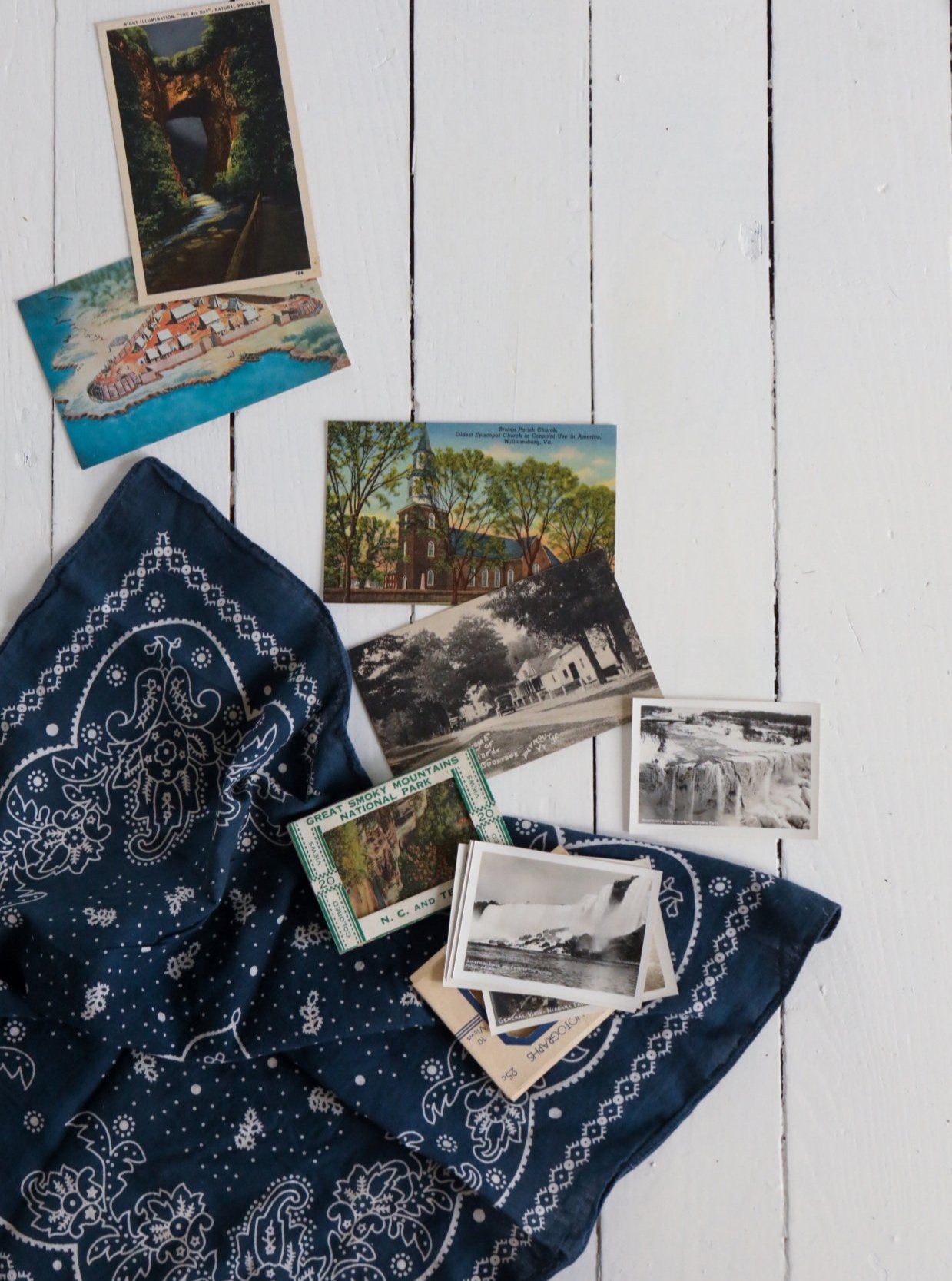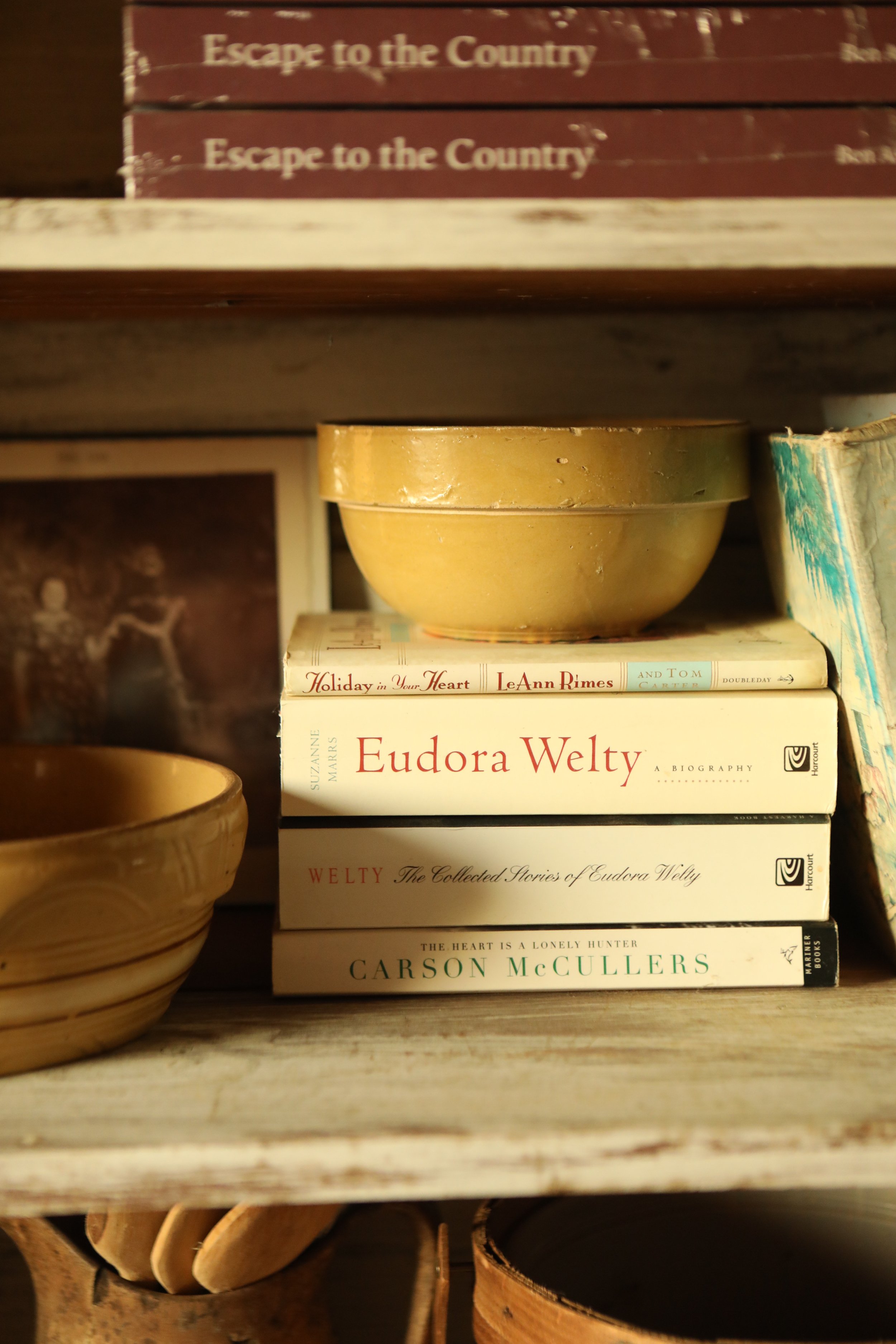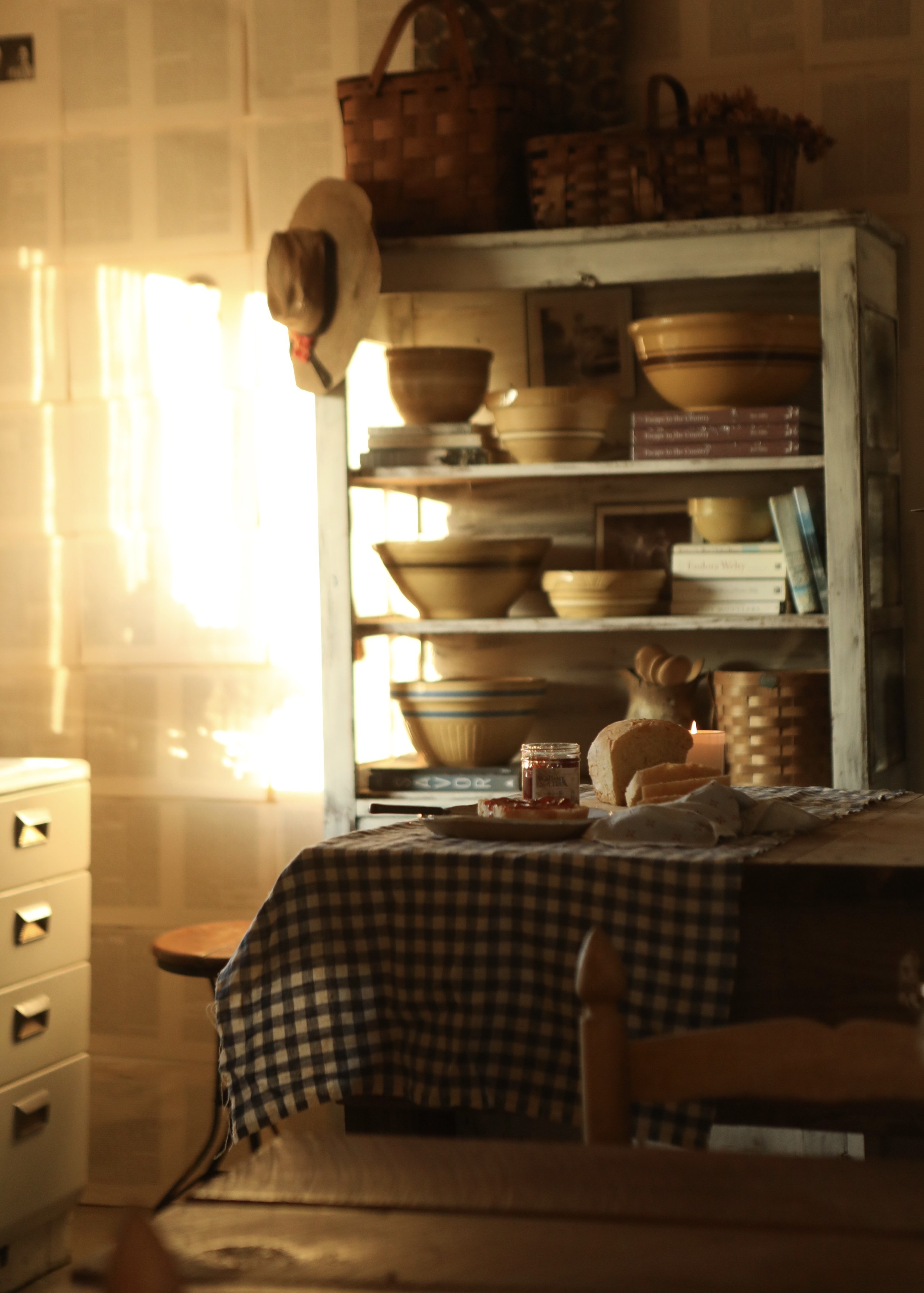A Note with a View: History of Travel Postcards
Ben Ashby
originally from FOLK’s Revival Issue | ORDER HERE
Jen educates us on the history of the travel postcard
A PEEK AT OLD TRAVEL POSTCARDS MAKES US WONDER WHY SUCH BANAL IMAGES WERE CREATED AND SOLD TO THE MASSES, THEN COLLECTED AND TREASURED FOR DECADES – SO OFTEN, UNUSED. Rarely were the promoted images of such merit that they would be sought-after as captivating photographs, but rather, they were considered a cheap and easy way to keep souvenirs of a place that could trigger a memory, or comprise a visual anthology of adventures and explorations.
Postcards are a wonderful peek back at places and spaces as they were seen and experienced at the time they were marketed to tourists. They can be dated by the fonts used on them to herald their point of interest or celebrated locale, as well as by the automobiles that might appear in the image, or the fashions on the folks caught in the freeze ray of the camera lens. If written and sent, of course the postal cancellation is an indicator of the age, but many travel postcards – especially the folios – were purchased simply as keepsakes and were never used. We are left wondering, why buy a postcard if you never planned to send it?
Today when we wander and adventure, we capture a vista with a quick point-and-shoot. We press that button and harness a moment in full color and with lenses that can actually capture what we see at a distance -- or even in full panorama. Indeed, almost all of us carry a minicomputer in our pocket or purse…our phone is an accessory that makes us master of a tool that can take a glorious image that we can later crop, color, tweak and edit. As casual photographers, we can snatch an image or capture almost endlessly the scope of what we see. A few decades ago, we were so far from this; taking a photo meant something very different. With much less sophisticated tech, and the cost of film and development, being an undiscerning shutterbug could be an expensive hobby. Taking a photo required more thought and planning. In fact, if you know any non-English language speakers, they’ll tell you that the phrase “taking a photo” translates more often into “making a photo.”
There was a making to it…a consideration of light, shutter speed, film speed, and after all that…grave limitations on what could be captured, taken or made into memory.
Add to that the fact that a camera capable of harnessing an image of a sweeping vista or an inspiring landscape was something only a professional photographer would have. Cameras with quality lenses were not only costly, but intricate and demanding of attention during use.
Documenting the landscape for memory and posterity was left to the artists and professionals. The natural match for these images was their presentation on postcards for the tourist trade. The postcard was a vehicle of print media already in expansive use, and letter writing was the means of communication. Sure, we had consumer-grade cameras as early as 1900 with the Kodak Brownie, but what they offered in novelty and affordability compromised the scope of them as tools.
For years consumers could only take a very small square photos…great for a snapshot or posed moment, but in no way could it convey a landscape. Let’s add that most consumer photos were taken in black and white until the 1970s when more advances were made in film technology, and we had early point-and-shoot 110 film and the pioneering of pocket-sized cameras. This “snapshot” camera history makes more sense of the oddly treasured souvenir postcard rage. With printed postcards popular with consumers from the late 1940s through the early 1980s, during that time you could not visit a town of even remote interest or landmark of esoteric note without finding a postcard folio for sale. These folios were rarely mailed but kept as souvenirs with a trophy-like countenance.
Think of them as visual brag books of the arcane places one might visit on a day trip, or an easy-to-bring-home series of captures one could never take themselves, but that could be shown off as a travel achievement or looked at for a personal reminder of a place visited.
Postcards are charming reminders of former travelers’ escapades and explorations that remind us that adventure awaits. How you choose to document your travels is up to you. There’s something in appreciating those moments and vistas that add up to good memories; a postcard just might be the ticket if you miss the capture yourself.
— earthangelsstudios.com









